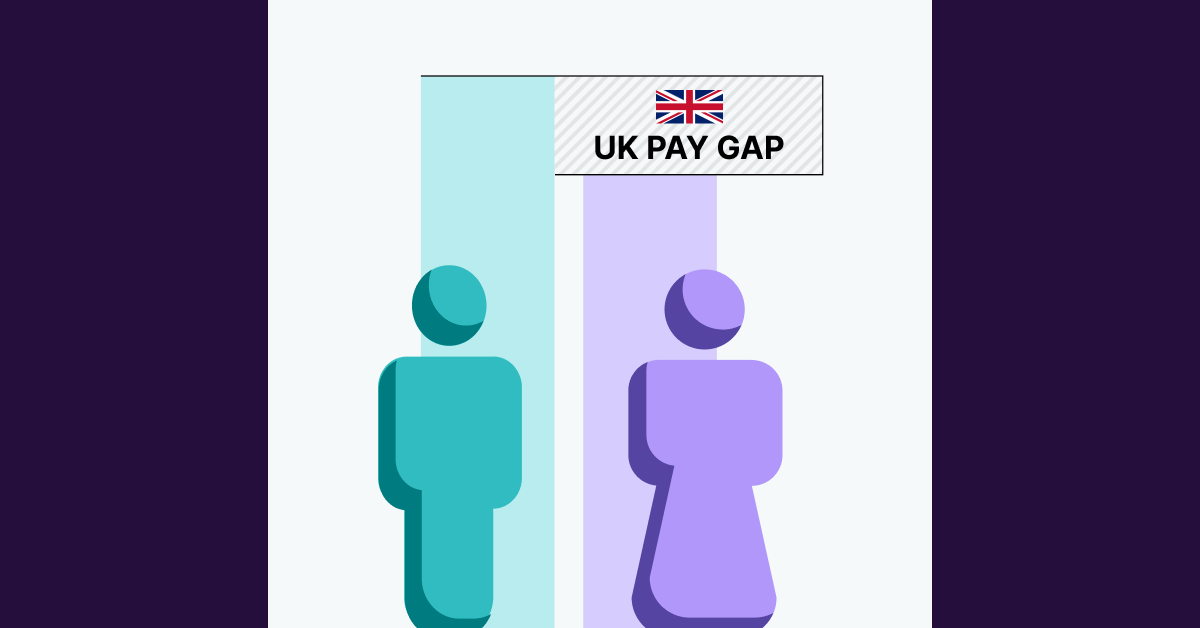What happens when a company stays mum on the topic of pay equity? Often, employees fill the void by crowdsourcing and sharing their own pay. This well-intentioned but misguided effort is dangerous because it often highlights issues that are not legitimate issues while masking real problems.
Case in point, last week Marc Tracy and Tiffany Hsu authored an article in the New York Times on pay equity among journalism, advertising and book publishing industry professionals entitled On a Dry Spreadsheet, a Stark Difference: a $200,00 Pay Gap. The article focused on a public spreadsheet where those in the industry self-reported pay data. The intention was worthy but the conclusions were just plain wrong. When we apply sound methodology and pay equity analyses to the data, the apparent 200K gap disappears. So how’d we get here?
First, a comparison from the spreadsheet:
- White male freelance creative director, 28 years experience: $300,000
- Latino male freelance creative director, 25 years experience: $95,000
The conclusion of a potential disparity by race is misleading because, among other things, it assumes all other factors related to pay are the same. The ease in making conclusions with self-reported data is a cautionary tale for companies that are silent on their internal pay equity. Nature abhors a vacuum and employees are hungry for any information they can find about how their company pays. If you don’t offer them an answer about pay gaps, they’ll listen to someone else who does – whether or not that person is right.
Pay transparency as an opportunity, not a risk
First, a universal truth from those of us who work on pay equity full time: most companies have have a race or gender pay disparities. While the existence of pay disparities isn’t a good thing, it should not inspire fear.
Leaders should accept this reality and view it as a call to action to employ ongoing pay equity analyses. Only by looking under the hood and conducting regular pay equity analyses to find and fix disparities can a company identify the underlying behaviors, policies, and practices that led to them in the first place.
Instead of fearing the rise of pay transparency, learn how to make it work for your organization so you can ultimately experience the benefits of pay transparency — improved retention, engagement, and trust.
Running the numbers
Because increasing numbers of companies are facing the issue of crowdsourced spreadsheets, we viewed this most recent article as a challenge. Our data science team ran “Real Media Salaries” through our PayEQ® software. Here is what we found:
- Of the 1,668 records contributed to the file, only 1,147 or 69% are useable. (Not terrible, all things considered!)
- There were 505 unique job titles reported in these data and almost as many (479) unique gender/identity/ethnicity responses.
- Responses included creative entries like “all money goes to Mr. Krabs,” as well as job duty descriptions such as, “pretend ABC didn’t cover up Epstein’s crimes,” “babysitting my cohost,” and “making “sh*t up.”
After sifting through the usable data, here’s what Syndio’s PayEQ software revealed:
- Overall, there is an $8.17k gap between the 349 men and the 777 women, in favor of men.
- That gap is statistically significant (p <.001). Put another way, women earn 94 cents for every dollar earned by men.
- If one accounts for reported years of experience, that gap shrinks to $2.29, and the new gap is NOT statistically significant (p = .31).
- There is statistical evidence that white reporters are paid less than non-white peers by an average of $12.76k. That gap grows to $15.16k and remains statistically significant when accounting for years of experience.
Some important observations are worth noting:
- The self-reported data here are incomplete and not the best source of reliable information. Note that women make up 68% of the self-reported data, suggesting either that women are more likely to include their information in surveys than men, or in this industry there are more women than men. Or a little of both.
- Considering the many unique job titles and gender combos, there is not a good basis for meaningful and consistent apples-to-apples comparisons.
- It is too easy for people to come away from self-report data with erroneous or misleading conclusions, and this is commonly the case. Indeed this may have happened with the NY Times article, as it cites the eye-catching $200k pay gap headline.
This gap is statistically significant (p =.02). This gap actually gets larger ($9.64k) when accounting for years of reported experience. Compare the graph below to the one for gender and you can see that non-white individuals earn more for more years of experience than white individuals as reported by the data.
That means that there is no statistical evidence that there is any gender-based pay gap (overall) when accounting for self-reported years of experience. The graph below shows that men and women are paid very similarly for their years of experience.
The dangers of avoiding pay transparency
The final and most important observation is the clear peril of leaving questions about pay equity unanswered. Employees will fill this void if employers fail to review compensation practices carefully, systematically, correctly and in an ongoing way. As one of our clients in the tech industry recently noted, it’s not a question of if employees start a shared document online to post their compensation, but when.


